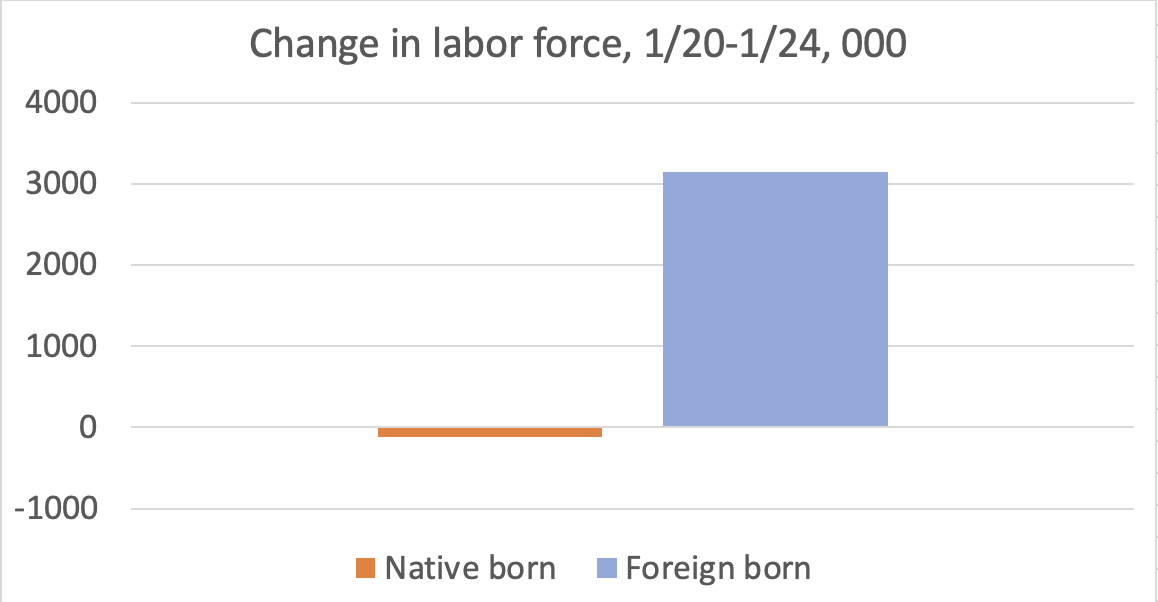Economic policy was really a secondary issue, if that, last night. Fwiw, viewers apparently saw even that as more or less a draw, while dunking on Trump over everything else 1/ cnn.com/2020/09/29/pol…
But it may be worth pointing out that Trump's signature policy and biggest claim — that he brought manufacturing back with his trade wars — is false. Manufacturing trade deficit (nonag/nonoil, which is a good proxy) has gone up 2/ 

So the parts of the economy over which Trump should have had some influence have not gone at all in the direction he promised. Not morally comparable to his attacks on truth, justice, and the American way, but also indicative of a man who has no business running the country 4/
• • •
Missing some Tweet in this thread? You can try to
force a refresh














